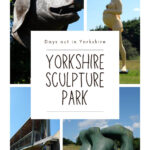The Yorkshire Sculpture Park was the UK’s first open-air gallery for contemporary and modern sculpture, and is still one of the largest in the world at 224 acres (that’s bigger than Disneyland!).
We visited Yorkshire Sculpture Park on a beautiful sunny day in July and thought it was a brilliant day trip. Here’s what to expect when you visit Yorkshire Sculpture Park (sometimes known as YSP) and some tips for your visit.
Visiting Yorkshire Sculpture Park
Yorkshire Sculpture Park makes a great day out. Getting to YSP is really easy, there’s lots to see and the surroundings are beautiful.
Most visitors enter the site at the main entrance, which takes you through one of the original Bretton Hall gates and is the closest entrance to the YSP Centre, where you’ll find two restaurants (both with outdoor seating), toilets, an information desk and a shop.
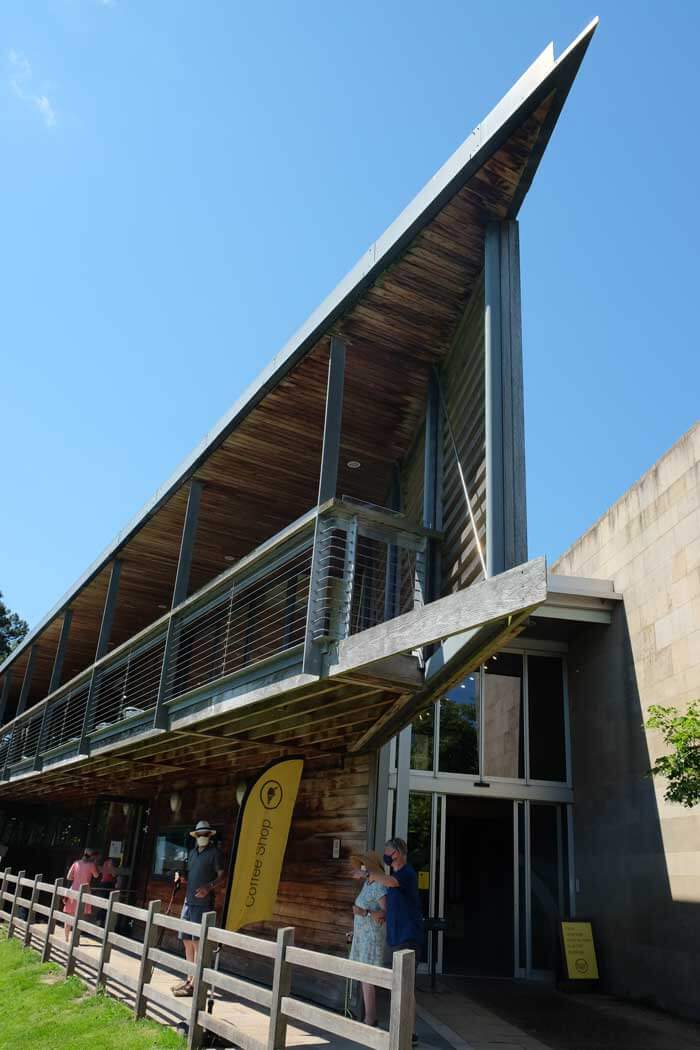
What can you see at Yorkshire Sculpture Park?
The YSP Centre is at the top of the hill, with lovely views over the parkland. From the YSP Centre you can either walk through to the Garden Gallery and Underground Gallery, or you can walk down the gentle slope into the park.
The first sculpture you’ll see is a set of three Henry Moore bronzes – Upright Motives No. 1 and Glenkiln Cross; No. 2 and No. 7. By this point you’ll probably have met some of the park’s residents; there’s a flock of sheep, a herd of Highland cows and various wildfowl, including a couple of swans.
The chapel
To the left as you head down the slope towards the lake is a path leading to the old chapel. The chapel was deconsecrated and converted into an exhibition space in 2009; when we visited, there was a work by Ai Weiwei (Iron Tree) outside and an exhibition by Rachel Kneebone (399 Days) inside the chapel. Previous exhibitions in the chapel have included Kimsooja’s To Breathe, Chiharu Shiota’s Beyond Time and James Lee Byars’ The Angel.
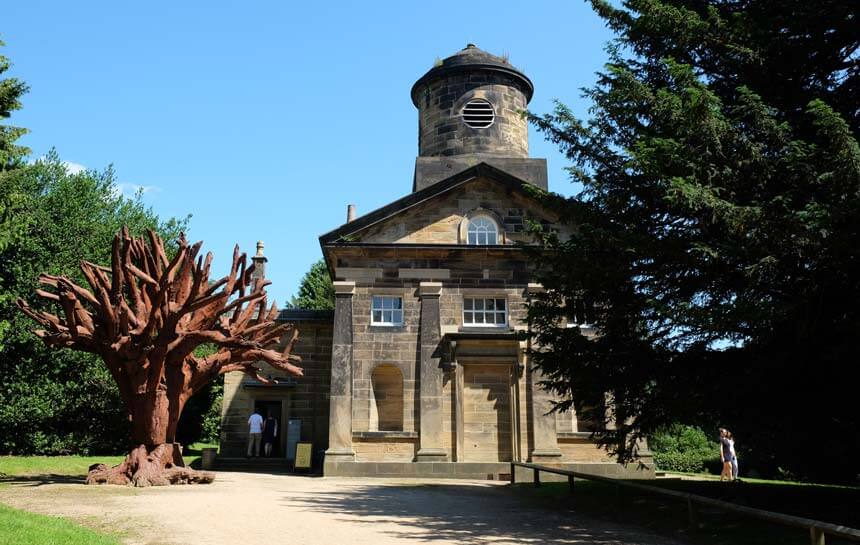
Heading further down the hill from the chapel, you’re likely to come across more sculptures. At Yorkshire Sculpture Park, works are dotted throughout the landscape. The area near the dam is a particularly important part of the site; when we visited there were four Damien Hirst works on display (Charity, Myth, The Hat Makes the Man and The Virgin Mother).
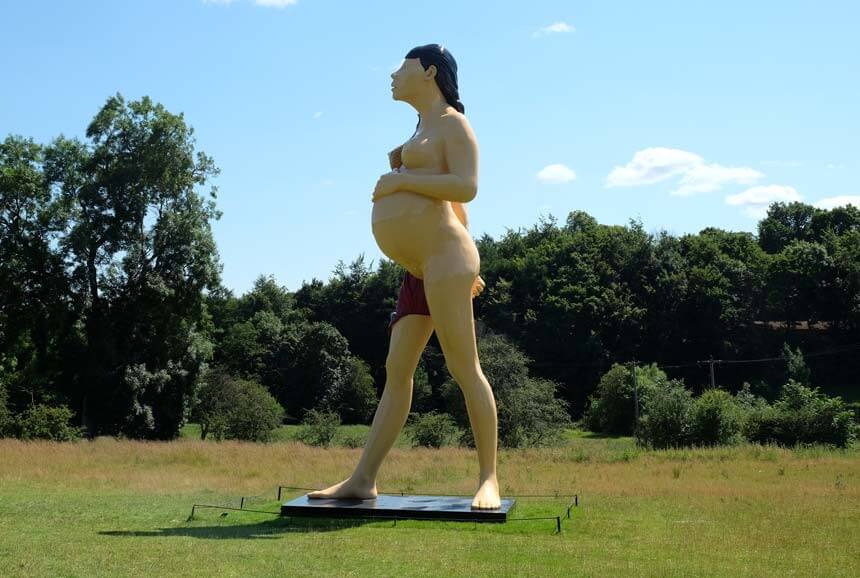
The Weston
Nearby is The Weston, Yorkshire Sculpture Park’s newest building which opened in 2019 and was shortlisted for the Stirling Prize, which recognises excellence in architecture. It’s been designed to complement its surroundings and has many eco-friendly features, the most obvious of which is the wildflower roof. The Weston has a restaurant, shop and an elegant, airy gallery.
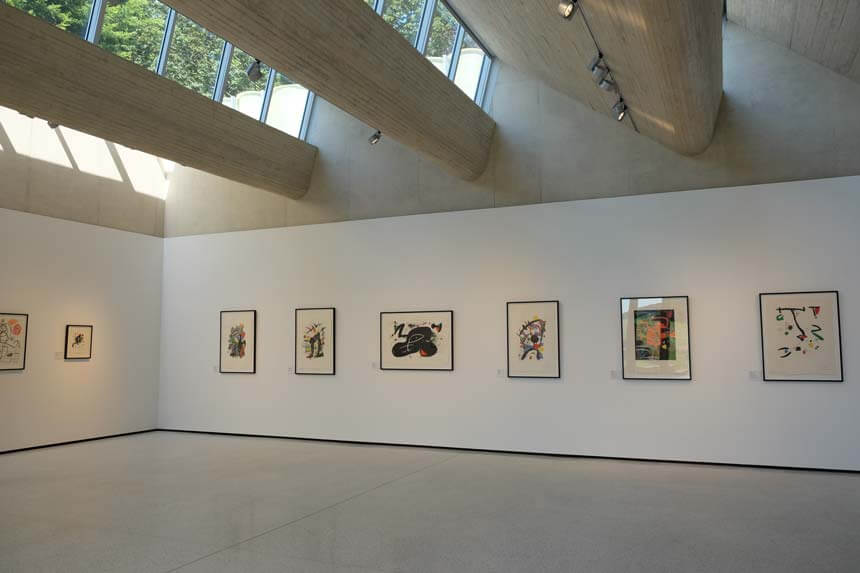
The other major gallery at Yorkshire Sculpture Park is the Underground Gallery, near the YSP Centre. The Underground Gallery is a long, cool series of rooms (it’s great for cooling down on a hot day!) which hosts a rotating series of special exhibitions. Above the Underground Gallery is the Garden Gallery, while outside you’ll find the old formal gardens.
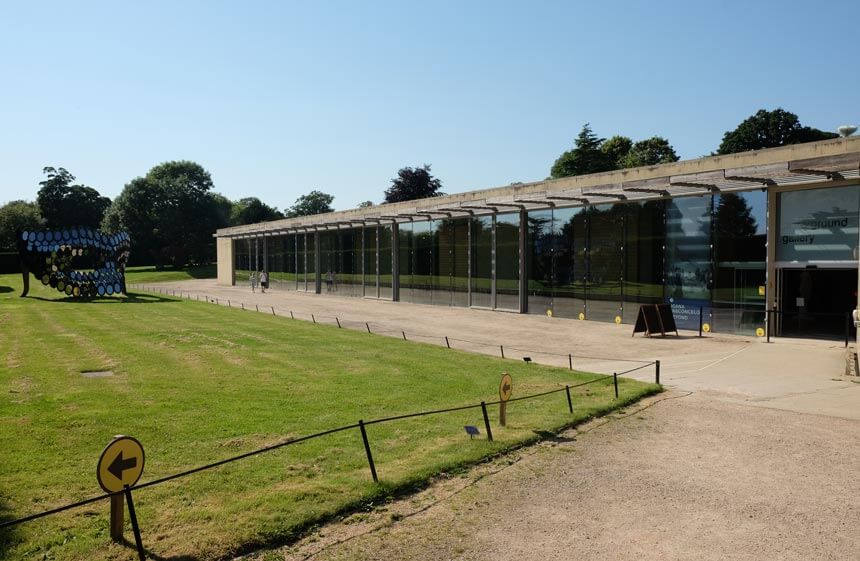
When did the Yorkshire Sculpture Park open?
The park was created in 1977 in the grounds of Bretton Hall, an 18th century stately home, later a higher education college (it’s now being converted into a hotel). The house is Grade II listed, and was built in 1720, replacing a house that had been on the site since at least the 1500s. The parkland was carefully designed by landscape gardeners in the 18th and early 19th century to look natural; the river Dearne, which runs through the site was dammed to form the two lakes that visitors to the Yorkshire Sculpture Park see today.
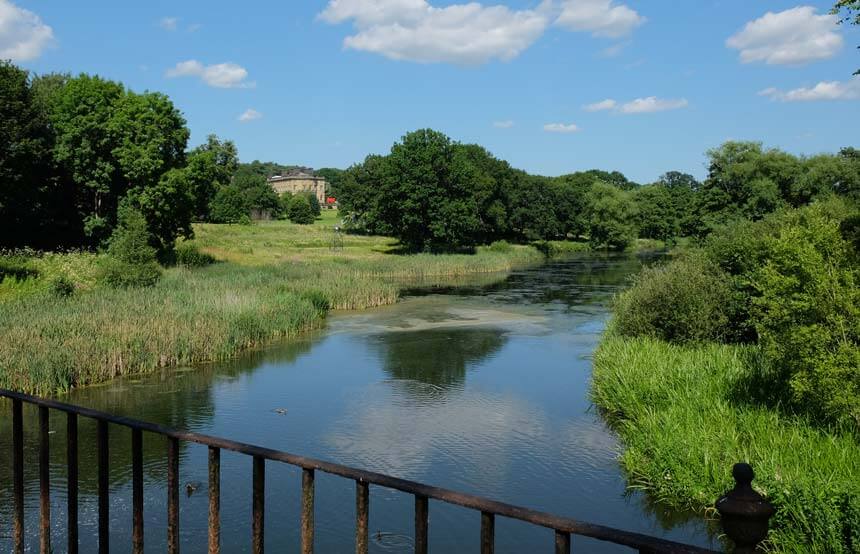
In 1977 a lecturer from the college proposed using the parkland to display works of sculpture and opening up the grounds to the public so that everyone can enjoy them.
Where to eat at Yorkshire Sculpture Park
Since your visit to YSP is likely to last several hours, chances are you’ll want to get something to eat or drink.
There are a few options inside the park:
- There’s a cafe and coffee shop at the YSP Centre, near the main entrance. Both sell sandwiches, drinks and ice creams; the upstairs cafe (called The Kitchen) has hot food too and has a balcony where you can enjoy views over the park while you eat. The Kitchen takes bookings for afternoon tea – the cakes did look amazing!
- The restaurant at The Weston is the fanciest at YSP with table service and a seasonal, sustainable menu. I didn’t eat there but it’s a lovely, airy space and the food looked great.
- The YSP Learning centre has a cafe selling takeaway drinks and sandwiches.
- The Longside Gallery has a kiosk where you can buy drinks, snacks and ice creams, but its opening hours are fairly limited and it’s only open when there’s an exhibition on.
One of the most popular options for food at the Yorkshire Sculpture Park is to bring your own and have a picnic. There are lots of lovely spots so it’s a great option for sunny days.
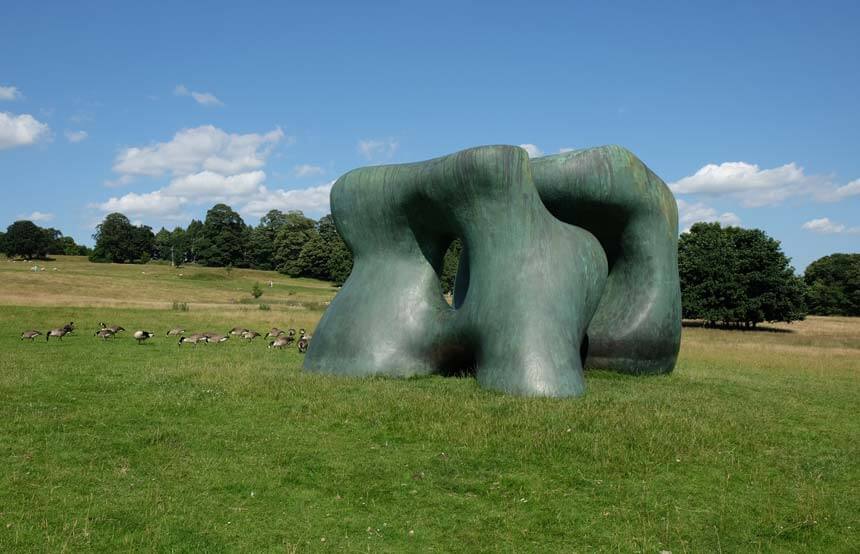
How to get to Yorkshire Sculpture Park
It’s really easy to get to the Yorkshire Sculpture Park. It’s in West Bretton, near Wakefield and Barnsley and only 20 miles from both Leeds and Sheffield. It’s just a mile from the M1 junction 38.
If you’re using public transport, the nearest mainline station is Wakefield Westgate which has regular services to Leeds and London. A taxi to YSP will cost about £10. The number 96 bus between Wakefield and Barnsley stops at the Yorkshire Sculpture Park, although there’s no service on Sundays.
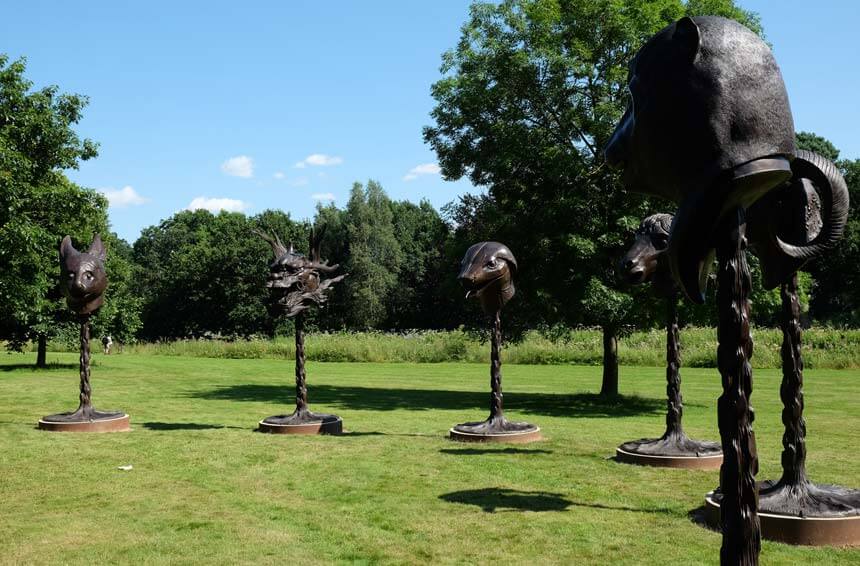
Are dogs allowed at Yorkshire Sculpture Park?
Yes, but not everywhere. Dogs aren’t allowed inside any of the buildings, and they’re also not allowed on certain parts of the walks in Menagerie Wood or the Upper Lake, to protect the farm animals and wildlife. Dogs have to be kept on a short lead at all times and there are dog poo bins around the park.
Other things to do nearby
There are lots of things to do in the area. If you enjoyed the sculpture at the park, you must visit the Hepworth gallery in Wakefield and the Henry Moore Foundation in Leeds. The National Coal Mining Museum for England is less than 5 miles away and gives visitors the chance to go underground in an old coal mine. Whistlestop Valley (formerly the Kirklees Light Railway) is a great attraction for families with heritage train rides and lots of fun things to do with little ones.

